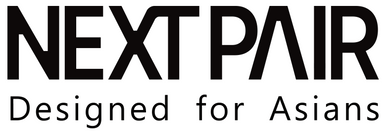With more screen time than ever, blue light filtering lenses have become a popular solution for digital eye strain. But do they really work? This guide explores the science behind blue light glasses, their benefits, and whether you should get a pair.
1. What Is Blue Light & Why Does It Matter?
-
Blue light is a high-energy visible (HEV) light emitted by digital screens, LED lights, and the sun.
-
Too much exposure—especially at night—may lead to eye strain, sleep disruption, and possible long-term effects.
2. Do Blue Light Glasses Actually Work?
✔ They help reduce digital eye strain by minimizing glare and improving contrast.
✔ They may improve sleep by reducing blue light exposure before bedtime.
✔ They can protect sensitive eyes for those who spend long hours on screens.
However, blue light is not the main cause of eye strain—long screen time and improper viewing habits also play a role.

3. Who Should Consider Blue Light Glasses?
✅ Frequent screen users who spend 6+ hours on digital devices daily.
✅ People with sleep issues—wearing blue light glasses in the evening may help regulate melatonin.
✅ Gamers & office workers who experience headaches or discomfort after extended screen use.
4. Alternatives to Blue Light Glasses
-
Follow the 20-20-20 rule (look away every 20 minutes for 20 seconds at something 20 feet away).
-
Reduce screen brightness & use night mode.
-
Limit screen use before bedtime for better sleep quality.
5. Are Blue Light Glasses Worth It?
✔ Yes, if you experience digital eye strain and want to reduce discomfort.
✔ Yes, if you struggle with sleep issues related to screen time.
❌ No, if you expect a drastic improvement—eye strain is also caused by dry eyes, poor posture, and prolonged screen time.

Conclusion
Blue light filtering lenses can help with eye comfort and sleep, but they’re not a cure-all. If you use screens frequently, investing in a quality pair might be beneficial—but don’t forget to take regular screen breaks!
 titanium eyewear
titanium eyewear








